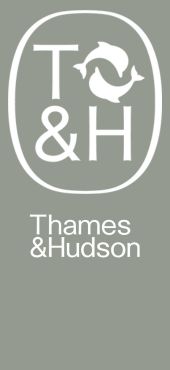
Thames & Hudson was established by Walter Neurath who was born in Vienna, Austria, in 1903. He left that city, where he ran an art gallery and published illustrated books with an emphasis on education, arriving in London in 1938. He initially worked as production director of Adprint, a business established by fellow Viennese émigré Wolfgang Foges. Neurath and Foges went on to pioneer the concept of what is today known as book packaging, in which book ideas are conceived, commissioned, produced, and sold to publishers in different markets in their own languages and under their own imprints (co-editions) in order to create large print-runs and lower unit production costs. Neurath’s concept was the first sign of many innovations that through Thames & Hudson he would later introduce to the world of publishing.
Wishing to take co-edition book packaging further and recognizing the need to amortize the high production costs of illustrated books, Neurath established his own publishing house, incorporating offices in London (at 244 High Holborn) and New York in the autumn of 1949. Thus arose the company name, Thames & Hudson, the rivers represented by two dolphins symbolizing friendship and intelligence, one facing east, one west, suggesting a connection between the Old World and the New. Eva Neurath, who had arrived in London in 1939 from Berlin (she was at that time married to Wilhelm Feuchtwang) and worked alongside Neurath at Adprint, co-founded the company as partner.
Among the ten titles that were published in Thames & Hudson’s first publication season in 1950, English Cathedrals, with photographs by Swiss Martin Hürlimann (who went on to create over twenty titles for the company), was the first and most successful. A testament to the company’s strong belief from the very start in the longevity of books, it remained in print until 1971. Also appearing in the first year of publication was Albert Einstein’s Out of my later years, an early indication of the publication programme’s breadth.With the gradual and successful expansion of the list, which grew from ten titles in 1950 to 144 in print in 1955, the company outgrew its High Holborn offices and moved in 1956 to a Georgian townhouse at 30 Bloomsbury Street, just off Bedford Square, then the epicentre of London publishing activity. The company remained at that address, eventually expanding to five houses, until 1999.
